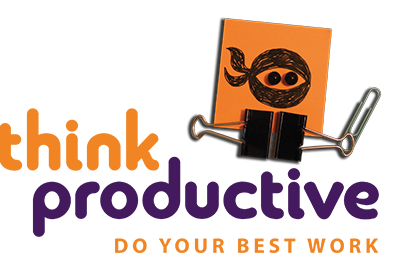There’s been a long history of seminal books about the subject of time management. In the 1990s, the biggest book was Stephen Covey’s personal development bible, The 7 Habits of Highly Effective People, which I’ll cover in more detail later on. Covey was the last of the traditional time management teachers, releasing his book just before the advent of email as an all-encompassing business tool.
In 2001, David Allen’s Getting Things Done became the book of the noughties. He was the first to suggest that the approach to getting things done should be primarily bottom-up as opposed to top-down. Previous great-writers on core themes like personal development, leadership and time management always start with the ‘visioning’. The common ground running through so many self-help books is that you start by picturing your goal or defining what you’re trying to achieve. From there, you work backwards, from life goals through to annual goals through to quarterly targets all the way back to defining ‘what shall I do today?’
Getting Things Done turned this on its head by asking: ‘What’s on your mind?’ This simple insight that for most of us, getting clear on current commitments is the first step towards achieving the bigger vision – or even being able to see the bigger vision at all – was one of the reasons I think Getting Things Done had such success.
David Allen was born in 1945 and grew up in Louisiana, USA. He is the founder of the David Allen Company, one of the USA’s best-known productivity companies. His most famous work is Getting Things Done, although the more recent book, Making It All Work, is actually the one I would recommend if you have yet to read any of his work.
Below is an example of one of David Allen’s key messages that I’ve incorporated into my working life.
The two-minute rule
Getting Things Done advocated the use of the two-minute rule Simply put, if you come across something and the next action takes less than two minutes, just do it straight away. The two-minute rule is extremely effective for a few different reasons:
1. It means you don’t need to spend time adding it to a list and then time in the future re-reading it and trying to remember it.
2. It keeps your lists shorter.
3. It obviously keeps a lot of things moving.
4. The two-minute things are often the fiddly and annoying things, so forcing yourself to do them straight away saves a lot of procrastination.
5. It creates the positive psychology of completion, which is rare in so much of our work these days.
Find out more about our productivity training and time management workshops on our website: www.thinkproductive.co.uk


Came clueless, left worried. Thanks for the post. If a program is useful, it will have to be changed. Attributed to Laws of Computer Programming